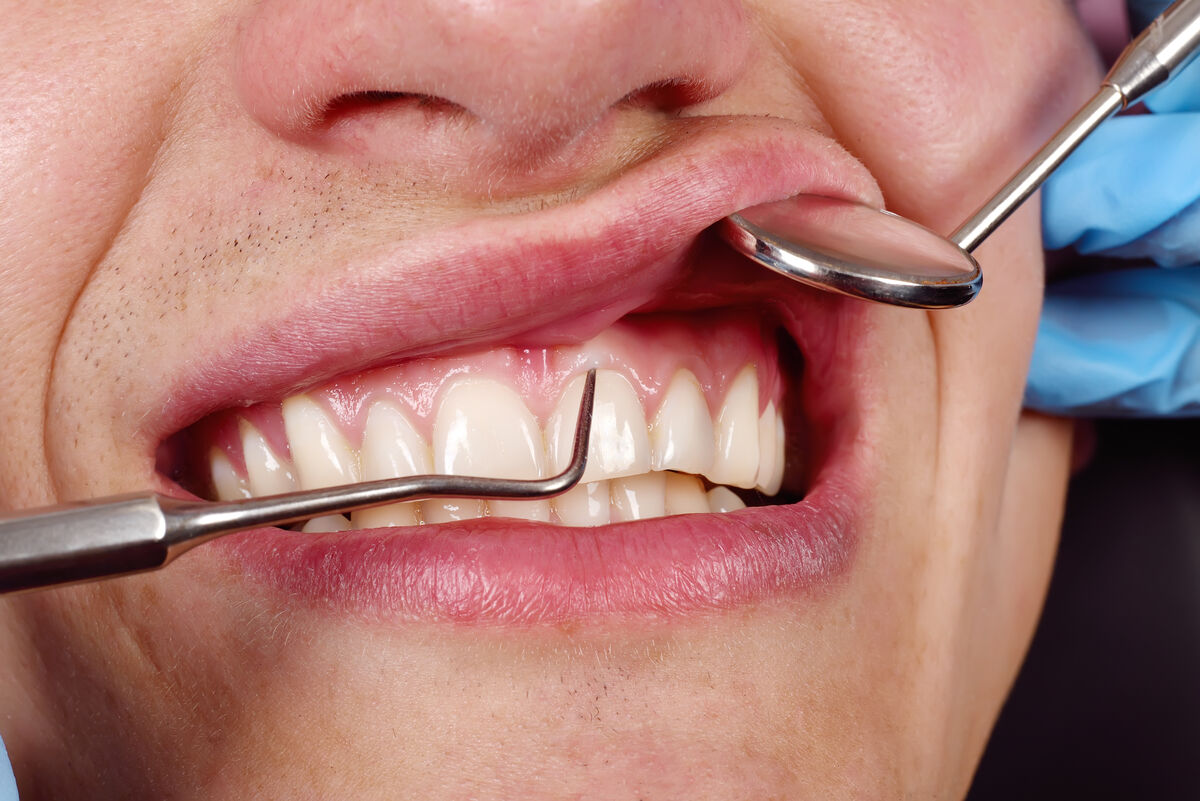Contents

Bleeding Gums: What Are the Warning Signs and How to React?
Bleeding gums are a common problem affecting many people. Often mistakenly considered benign, they can actually reveal an underlying periodontal disease. Discover the possible causes and what to do when your gums bleed.
The Different Types of Gum Bleeding
There are two main types of gum bleeding:
- Occasional bleeding, often caused by mechanical trauma (brushing too hard, hard foods) or a burn (hot foods). This is not serious if it remains an isolated incident.
- Chronic bleeding, which occurs repeatedly over time. This usually indicates gum inflammation (gingivitis) due to the accumulation of plaque infected with pathogenic bacteria.
Other rarer causes can be at play: coagulation disorders, vitamin C or K deficiency, or taking certain medications.
In any case, gums that bleed repeatedly are not normal. It is a warning sign that should not be ignored!
The Main Causes of Gum Bleeding
Several diseases and contributing factors can cause bleeding gums:
- Gingivitis: inflammation of the gums due to bacterial plaque, resulting in red, swollen, and easily bleeding gums. This stage is reversible.
- Periodontitis: a deeper infection of the periodontium (bone and ligament supporting the teeth), following untreated gingivitis. It can cause gum recession and tooth loss.
- Pregnancy: hormonal changes promote gum inflammation and bleeding (affecting 60% of pregnant women), especially with insufficient hygiene.
- Diabetes and oral mucosal diseases (lichen planus, pemphigus): these conditions increase the risk of periodontal disease and bleeding.
- Tobacco, alcohol, dietary imbalances: these factors weaken the gums and promote inflammation by altering the oral flora.
- Certain medications (anticoagulants, antidepressants, immunosuppressants): they can impact the gum mucosa.
What to Do if Your Gums Bleed
If you notice that your gums bleed often, it is important to react quickly:
- Schedule an appointment with your dentist for a complete periodontal evaluation.
- Optimize your oral hygiene:
- Brush your teeth 2 to 3 times a day with a suitable toothpaste (with fluoride).
- Use a soft-bristled toothbrush and a gentle motion to avoid traumatizing the gums.
- Supplement with daily use of interdental brushes or floss to remove plaque.
- Use an antiseptic mouthwash if necessary while waiting for your appointment.
- Adopt a healthy and balanced diet, rich in vitamins and low in sugar.
- Avoid alcohol and tobacco, which disrupt the oral flora.
- Consult your primary care physician if you have an associated chronic illness or are on long-term medication.
How to Prevent Gum Bleeding
To keep your gums healthy and prevent gingivitis and periodontitis, follow these golden rules:
- Maintain rigorous and regular oral hygiene (brushing 2 to 3 times a day).
- Use the right tools (soft brush, water flosser) to remove plaque.
- Have regular check-ups with your dentist (at least once a year).
- Adopt a balanced diet, limiting sugary and acidic foods.
- Do not neglect other risk factors (diabetes, smoking, medications...).
- Be attentive to the first warning signs (bleeding, redness, swelling).
FAQ
What are the signs of unhealthy gums?
The main warning signs are: spontaneous or provoked bleeding (during brushing), red, swollen, and tender gums, gum recession, and bad breath. Any change in the appearance or texture of your gums should prompt you to consult a dentist.
Why do my gums bleed even though I brush my teeth well?
Despite good hygiene, persistent bleeding can occur if gingivitis is established. Your dentist can perform a deep cleaning (scaling) to reduce inflammation. Certain vitamin deficiencies or medications can also weaken the gums; discuss this with your dentist.
